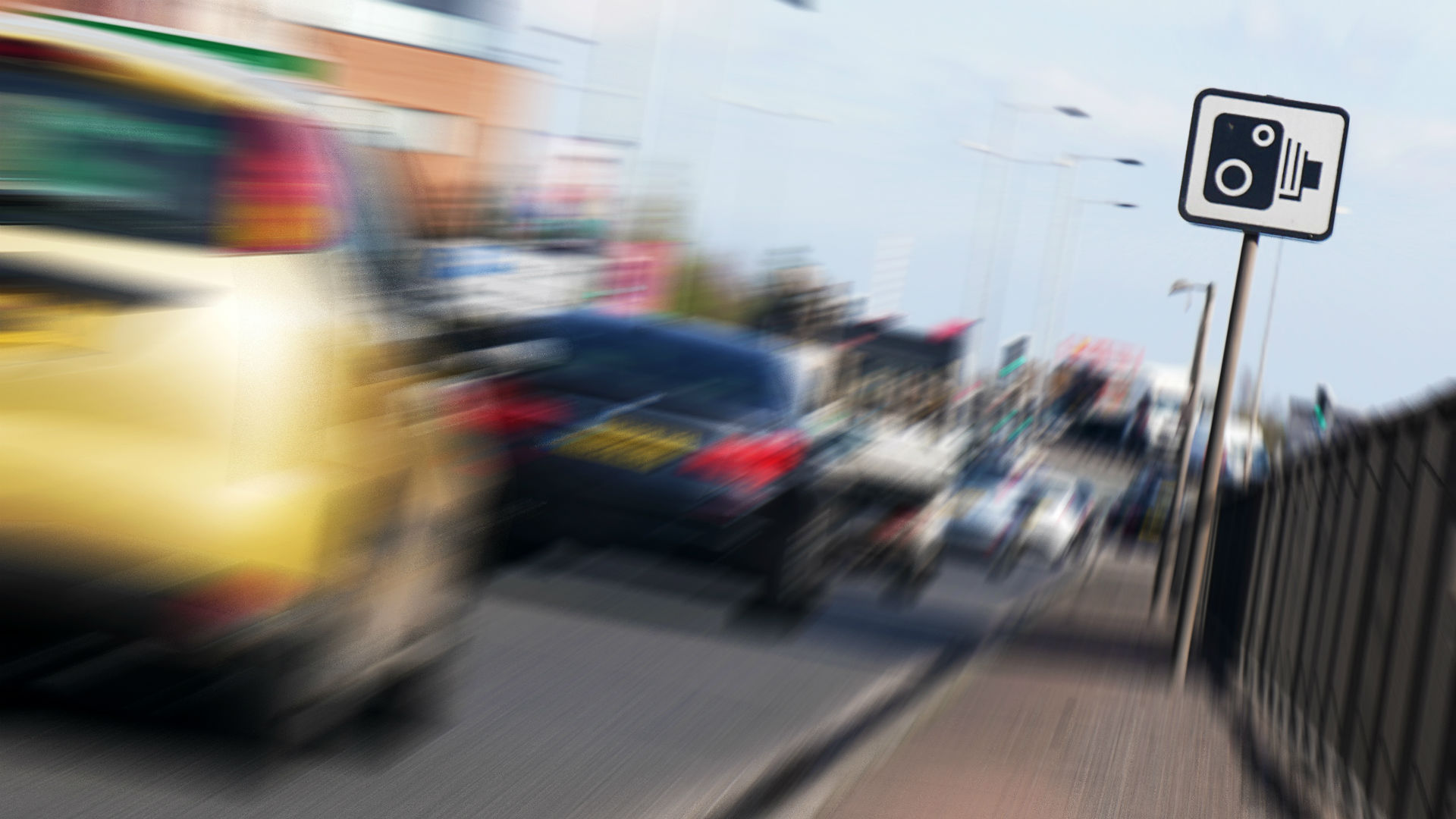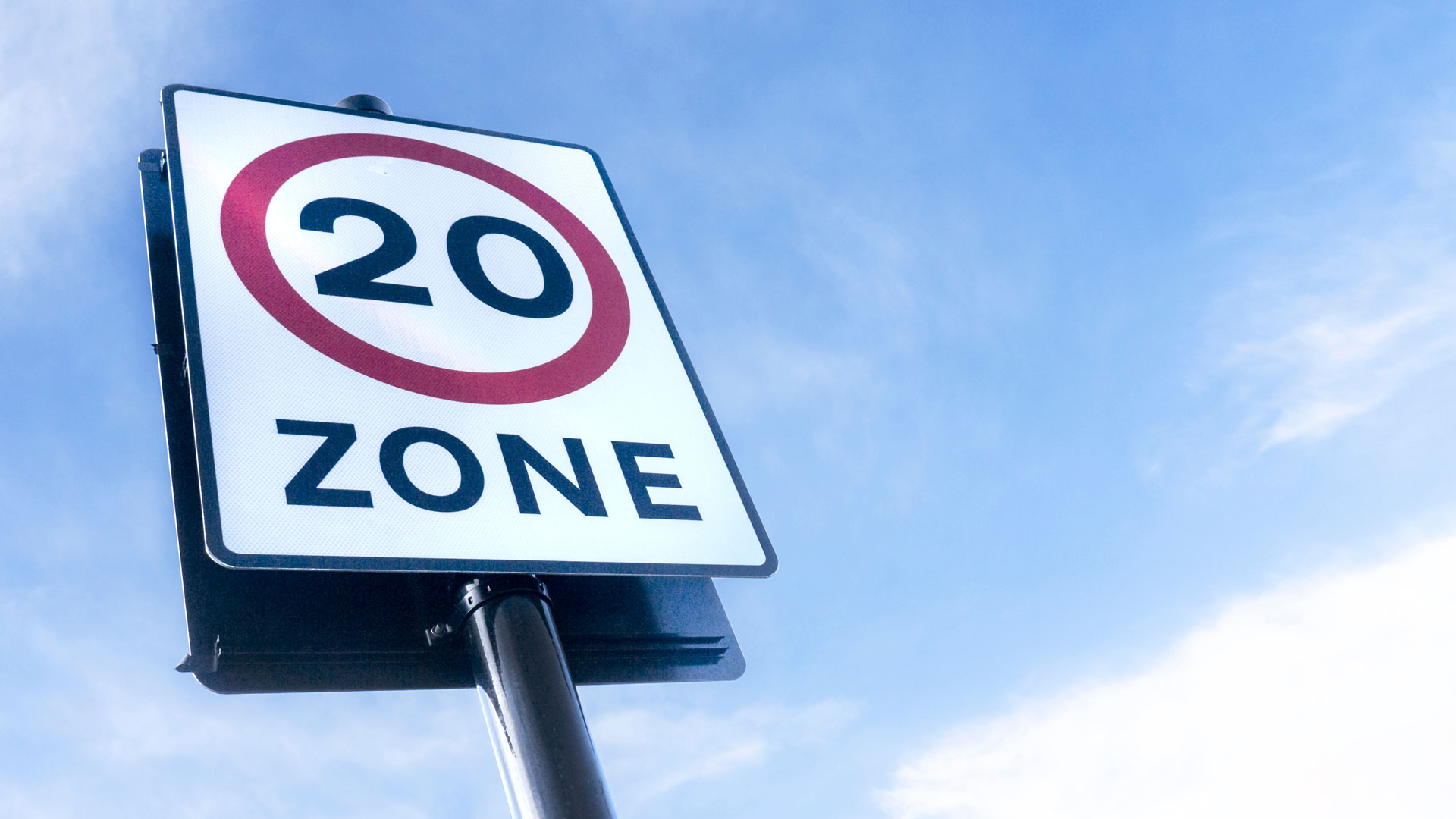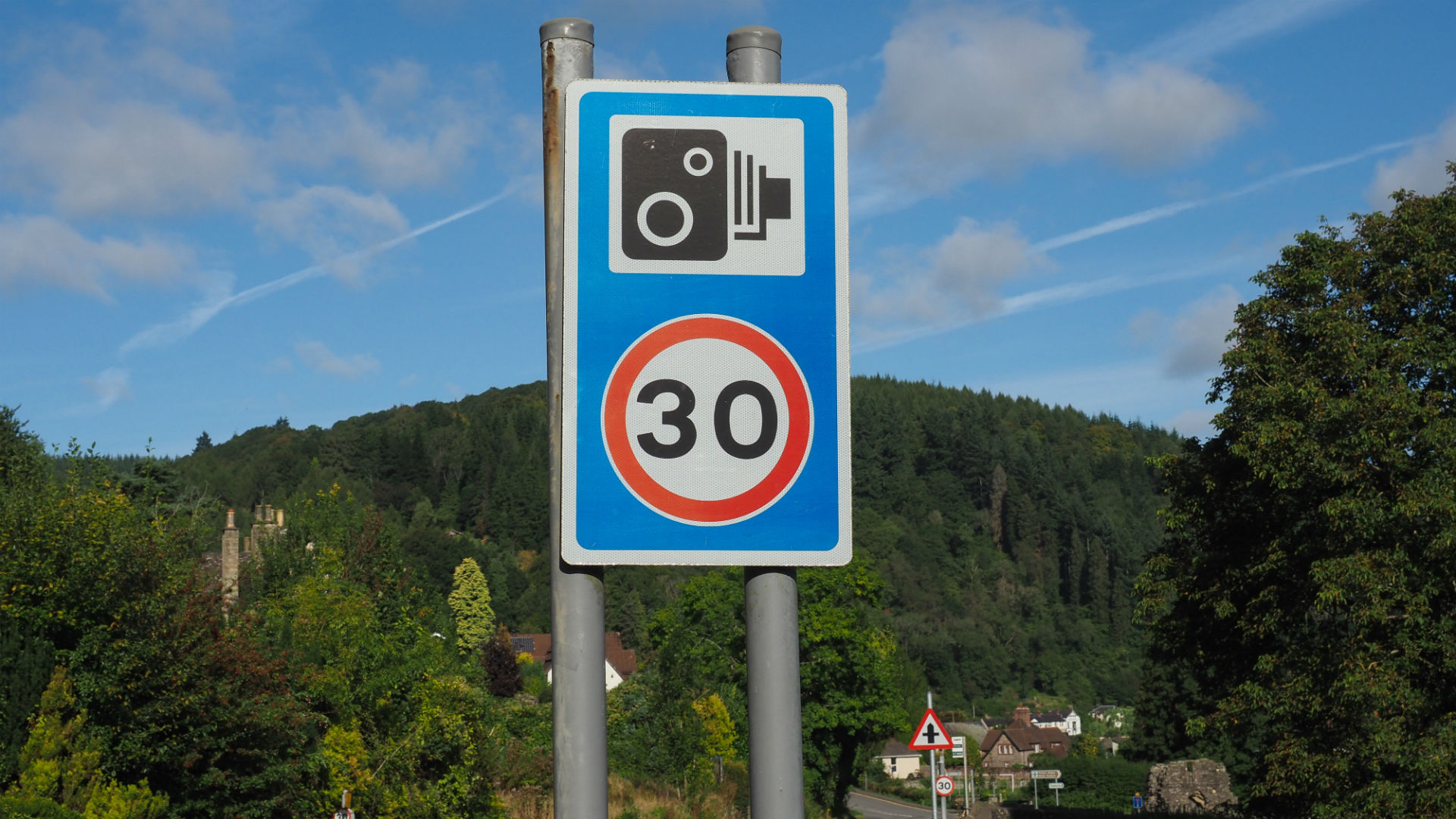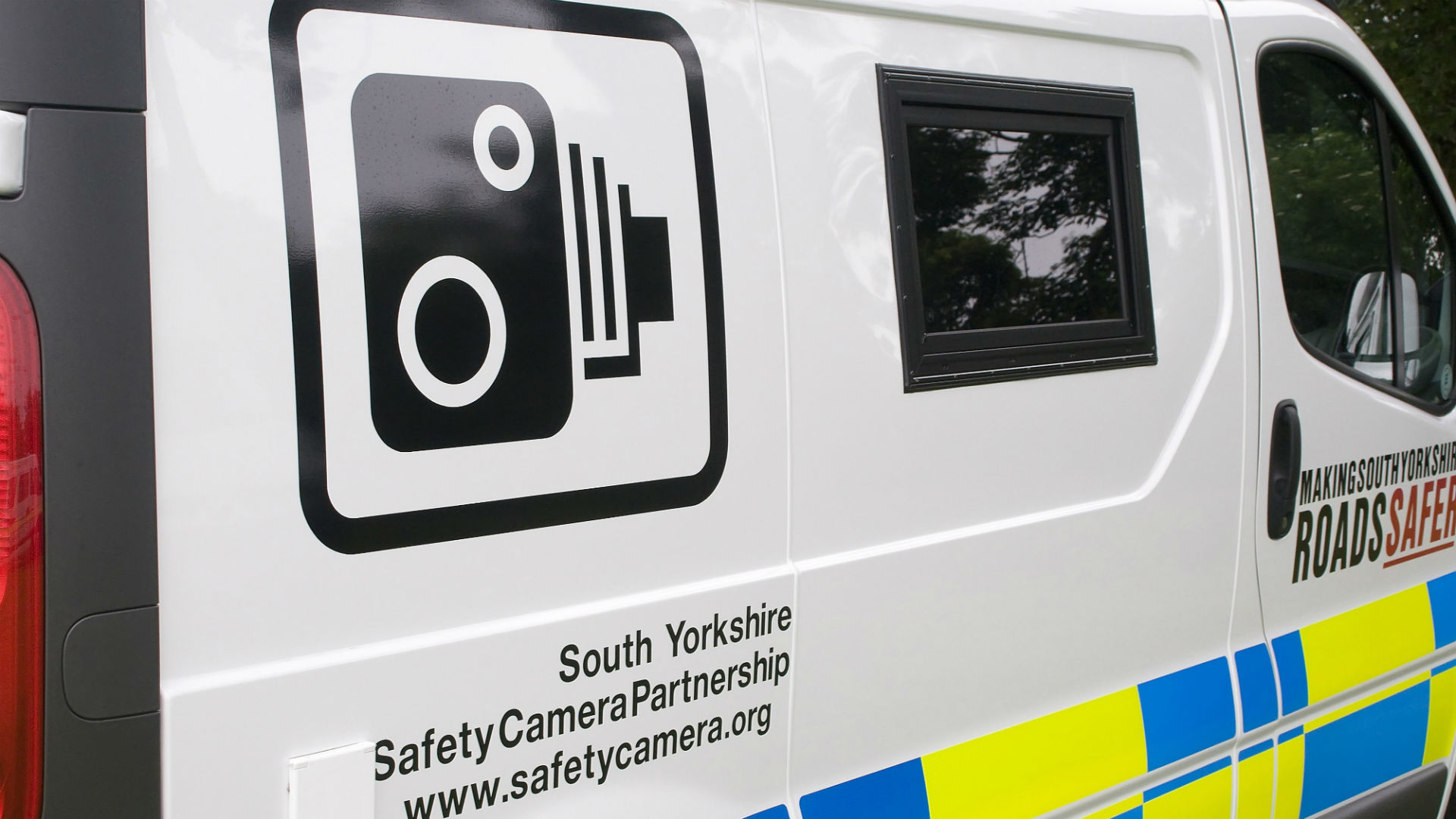
The UK government's stance on speeding is pretty clear: 'You must not drive faster than the speed limit for the type of road and your type of vehicle'. Nevertheless, millions of motorists break speed limits every day.
According to Department for Transport statistics for 2022 (the most recent year available) 45 percent of cars exceed the speed limit on motorways. That compares to 50 percent on 30 mph roads and 11 percent on national speed limit 60 mph roads.
When the RAC explored the reasons given for breaking the speed limit, drivers were asked to select up to three answers. The top reason was 'I drive according to the speed of other road users'. A case of following the herd, then.
Around 1,000 people are caught speeding every day in Britain. But by sticking to the following limits, you can avoid a run-in with the police, a fixed penalty notice (FPN) and points on your driving license. Read on and stay safe.
National speed limits
| Vehicle | Built-up areas (mph) | Single carriageways (mph) | Dual carriageways (mph) | Motorways (mph) |
| Cars, motorcycles, car-derived vans and dual-purpose vehicles | 30 | 60 | 70 | 70 |
| Cars, motorcycles, car-derived vans and dual-purpose vehicles when towing caravans or trailers | 30 | 50 | 60 | 60 |
| Motorhomes or motor caravans (not more than 3.05 tonnes maximum unladen weight) | 30 | 60 | 70 | 70 |
| Motorhomes or motor caravans (more than 3.05 tonnes maximum unladen weight) | 30 | 50 | 60 | 70 |
| Buses, coaches and minibuses (not more than 12 meters overall length) | 30 | 50 | 60 | 70 |
| Buses, coaches and minibuses (more than 12 meters overall length) | 30 | 50 | 60 | 60 |
| Goods vehicles (not more than 7.5 tonnes maximum laden weight) | 30 | 50 | 60 | 70 (or 60 if articulated or towing a trailer) |
| Goods vehicles (more than 7.5 tonnes maximum laden weight) in England and Wales | 30 | 50 | 60 | 60 |
| Goods vehicles (more than 7.5 tonnes maximum laden weight) in Scotland | 30 | 40 | 50 | 60 |
Locally set speed limits
Local councils can set their own speed limits in certain areas. These will be clearly signposted and examples include:
- A 20mph zone near a school, in a built-up area, or in a pedestrianised zone.
- A 50mph limit on a country road with a high record of accidents, or with sharp corners, roundabouts and hidden dips.

As you will have noticed, 20mph limits are becoming increasingly widespread in urban areas. They now cover the majority of streets in London, for instance.
Vehicle-specific speed limits
There are specific speed rules for vans, car-derived vans, dual-purpose vehicles and motorhomes.
Most vans have a lower speed limit than cars and must follow the limits for good vehicles of a similar weight. Vehicles weighing less than two tonnes (loaded) may qualify as a car-derived van or dual-purpose vehicle. These have the same speed limits as cars.
Motorhomes and motor caravans are classified as goods vehicles if they carry products for exhibition and sale, are used as a workshop, or are used for storage.
The penalties for speeding

The minimum penalty for breaking a UK speed limit is a £100 fine and three penalty points. Accumulating 12 or more points within a period of three years could lead to you being disqualified from driving.
If you have been caught by a speed camera, you will be sent a Notice of Intended Prosecution (NIP) and a Section 172 notice within 14 days. The Section 172 must be returned within 28 days, telling the police who was driving the car. You will then be sent a Fixed Penalty Notice (FPN) or a letter telling you to attend court.
If you've been stopped by the police, you face one of three outcomes: a verbal warning, an FPN or an order to go to court.
Getting a Fixed Penalty Notice
Drivers who receive an FPN can plead guilty or not guilty. Pleading guilty results in a £100 fine and three points on the driving licence, or the opportunity to attend a speed awareness course.
First-time offenders can avoid penalty points on their license by taking a speed awareness course. Research suggests these courses are a more effective deterrent for speeders than fines or points.
Drivers who plead not guilty will be summoned to court. The risk of doing so is an increased fine and more penalty points if you are eventually found guilty.

The size of the fine depends on what the speed limit was, along with how much you have exceeded it by. It's usually a percentage of the driver's weekly income, up to a maximum of £1,000 (or £2,500 if driving on a motorway).
Drivers could also be disqualified from driving or have their license suspended.
Courts operate on a 'band' system based on the severity of the offence. The following table provides a summary of the likely points and disqualification period.
| Speed limit (mph) | Recorded speed (mph) | Recorded speed (mph) | Recorded speed (mph) |
| 20 | 41 and above | 31-40 | 21-30 |
| 30 | 51 and above | 41-50 | 31-40 |
| 40 | 66 and above | 56-65 | 41-55 |
| 50 | 76 and above | 66-75 | 51-65 |
| 60 | 91 and above | 81-90 | 61-80 |
| 70 | 101 and above | 91-100 | 71-90 |
| Sentencing range | Band C fine | Band B fine | Band A fine |
| Points/disqualification | Disqualify for 7-56 days or 6 points | Disqualify for 7-28 days or 4-6 points |
3 points |
Statutory aggravating factors include:
- Previous convictions, having regard to a) the nature of the offense to which the conviction relates and its relevance to the current offence; and b) the time that has elapsed since the conviction
- The offense was committed while on bail
Other aggravating factors:
- Offense committed on license or post-sentence supervision
- Poor road or weather conditions
- Driving an LGV, HGV, PSV or similar
- Towing a caravan or trailer
- Carrying passengers or a heavy load
- Driving for hire or reward
- Evidence of unacceptable standard of driving over and above speed limit
- Location, eg near a school
- High level of traffic or pedestrians in the vicinity
Remember, the best way to avoid a fine or penalty points is to drive sensibly and stay within the legal limits.
The post UK speed limits and speeding penalties: a quick guide for drivers appeared first on Motoring Research.






























